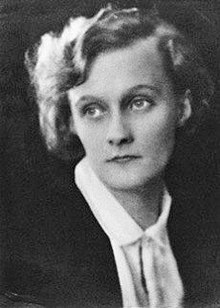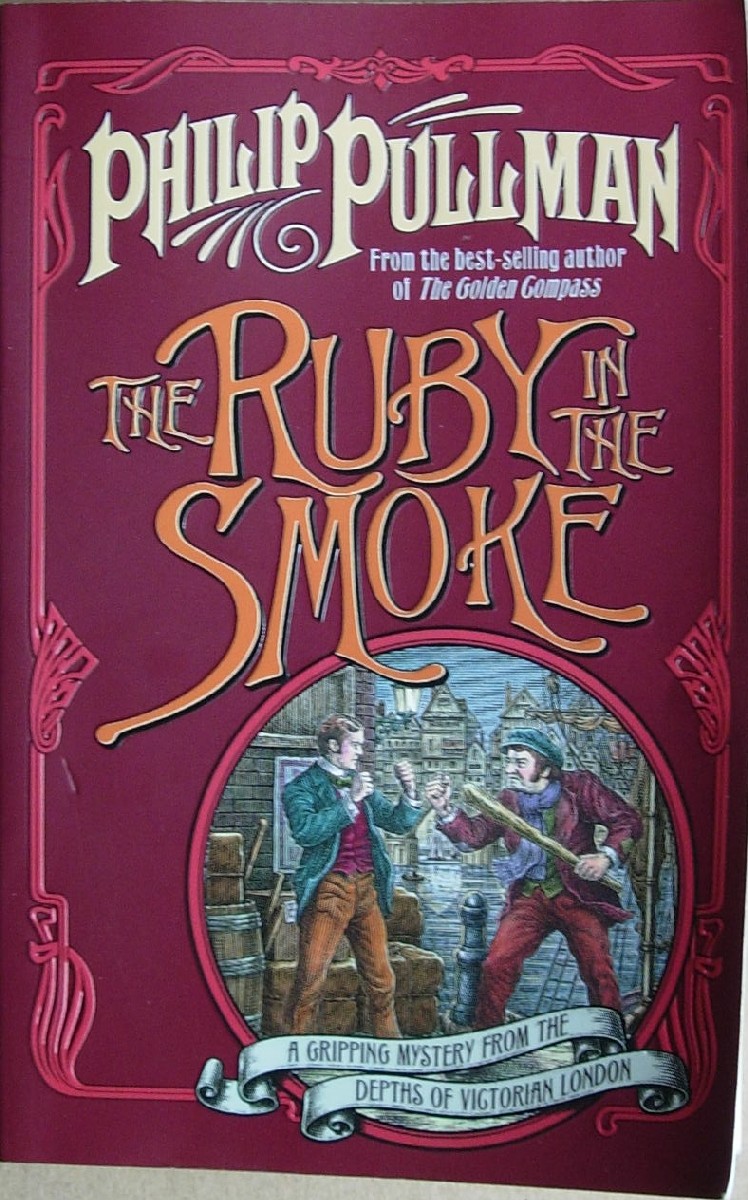
Isabelle unearthed some fascinating background on Lindgren's life, in particular her startling decision in 1926 to bring up her first child as a single mother in Stockholm, rather than marrying the child's father and settling for a respectable life in Vimmerby (near where she was born). Lindgren eventually married in 1931 and had a second child. The Astrid Lindgren website has a host of information and excellent photographs, as well as an overview of Lindgren's writing.
Lingren campaigned for human rights and animal rights and her name has been given to and International prize for children's literature: the Astrid Lindgren Memorial Award.
The book group's reading ranged across Lindgren's gentle writing for younger children, including the Emil stories and The Bullerby Children, to the more fantastical Ronia, the Robber's Daughter and The Brothers Lionheart.




Lisa read The Bullerby Children in its German translation. She had this to say about it:
"It’s about 6 children who live in a tiny hamlet and is told from the point of view of Lisa (good name!). She relates the little ups and downs of a secure childhood – how her parents secretly refurbished a room in their house formerly occupied by an elderly relative and presented the results as a birthday present; how she and the two sisters next door devised a messaging system via their bedroom windows; the birthday party; all 6 children playing ball in the street… It is all charmingly told with a delightful atmosphere of contentment and innocence. The children delight in everything from playing harmless tricks on each other to helping the adults harvest beets to earn a little pocket money (which Lisa uses to buy a kitten).
I would be interested to know if anyone has read this book in English and whether it has an English atmosphere about it. The gentleness of the “adventures” convey an atmosphere of German childhood that I have detected in German-authored books – and wonder if it is something that the translator has brought to the text or whether it is something Lindgren managed to convey (it could be a northern European atmosphere of childhood, for example, or be an atmosphere pertaining to a particular era, I don’t know… and I don’t read Swedish, so I can’t compare it with the original version!)"

Other group members read and enjoyed Ronia, the Robber's Daughter. I am biased about this book: I bought it from the Puffin Book Club when I was about 8 or 9, and it became one of my favourite books. I read it numerous times and spent ages staring at the cover image, wishing I could be Ronia and have all her adventures in the forest.


However, with an impartial opinion, Jenny had this to say:
"I have finished Ronia and thoroughly enjoyed it. I read and re-read the Pippi Longstocking series when I was little and have always seen her as the ultimate feminist icon. She is feisty and independent and not afraid to be herself... I was curious about Ronia but also a bit nervous as to whether she would compare to Pippi. I'm glad to say they are equals!
I found all the characters to be compelling... It was very well paced and packed a lot in... I liked the introspective moments where the characters tried to make sense of their feelings and thoughts.
The focus on nature and the seasons reminded me of Moominland Midwinter... The way death was dealt with was interesting... Scandinavian children's fiction seems not to shy away from serious issues, even with young children. There is death and danger (the harpies, etc) and we must face them head on, rather than shy away or deny them altogether..."
There are, and have been, whole books to be written on Astrid Lindgren, her life and her works and her influence on Scandinavian society, so I will stop this post here.
Overall, the view of the book group was that Pippi is excellent, but there is more to Astrid Lindgren's work that is worth exploring.

